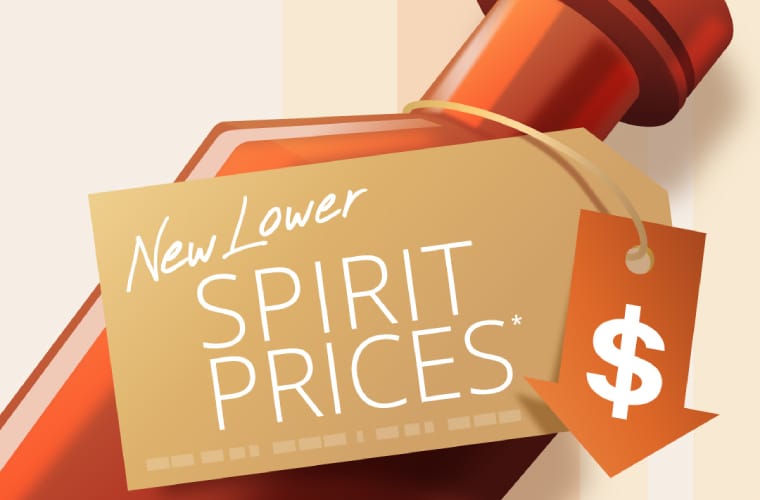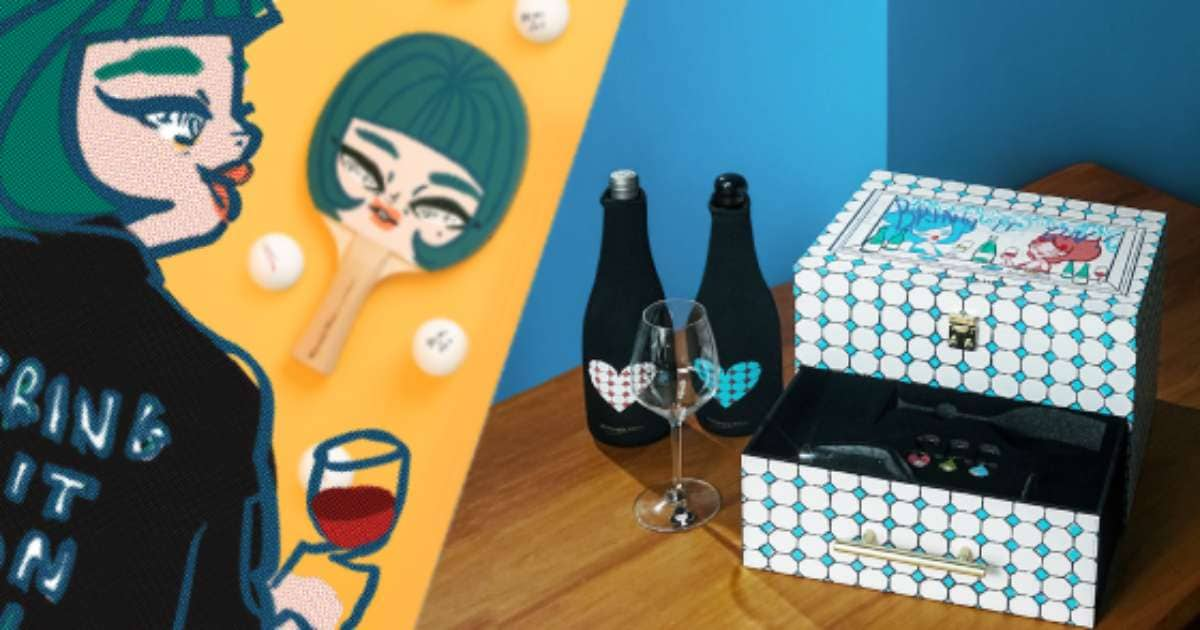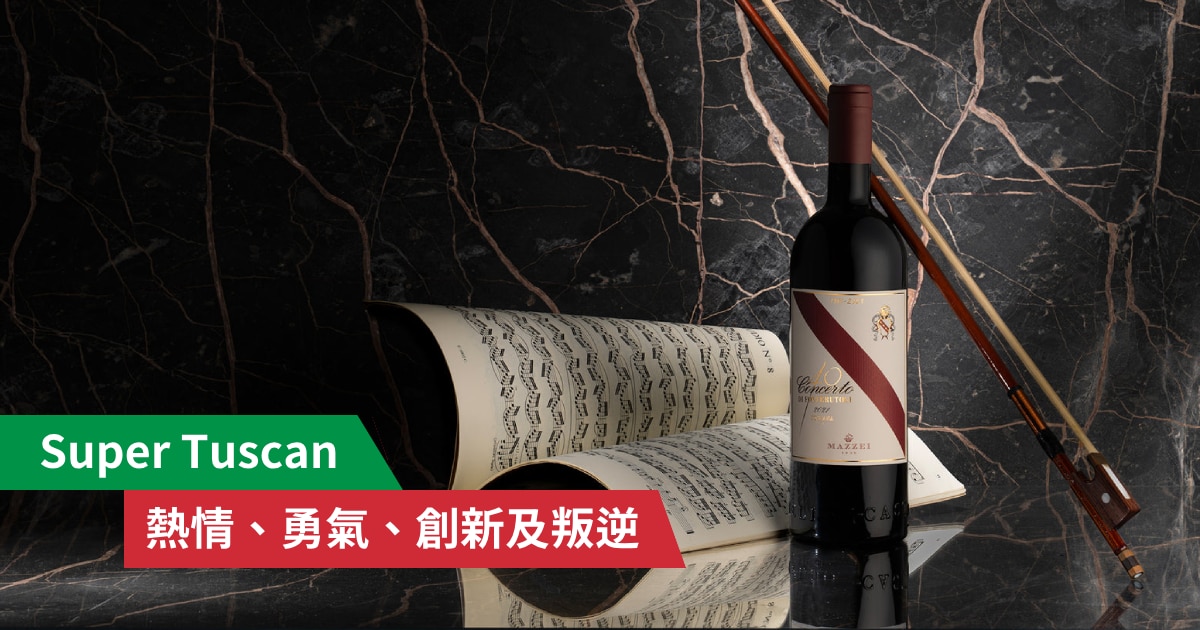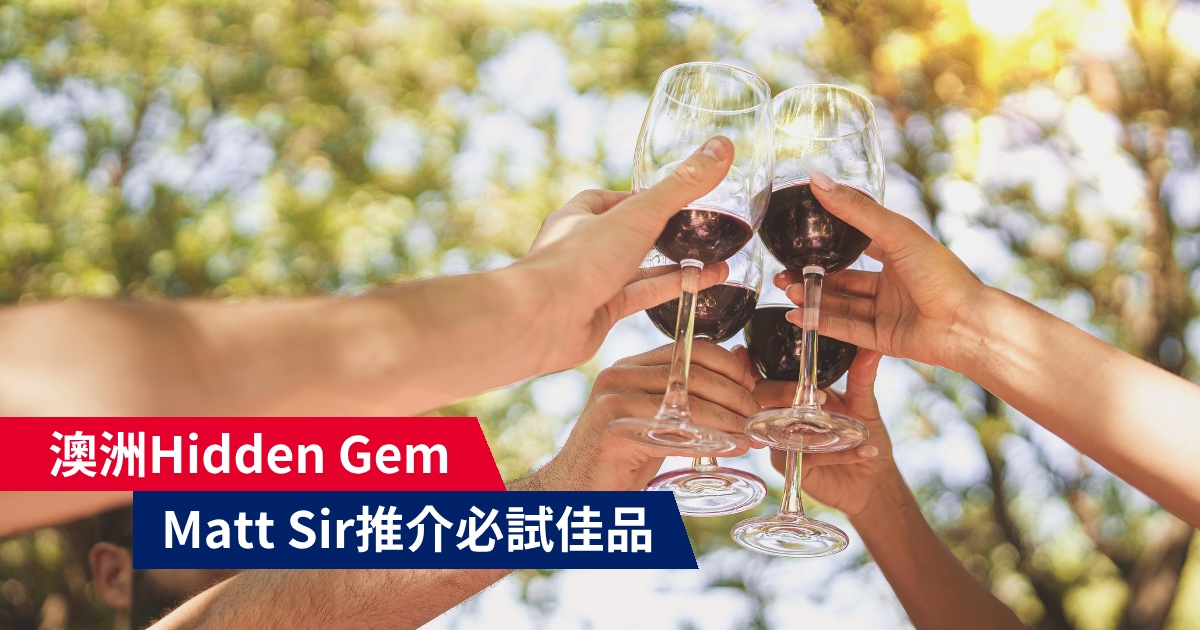
Chester Osborn
We’ve seen his scary snake belts, pointy shoes and outrageous print shirts; and he’s in the process of launching his own clothing line dedicated to in-your-face shirts. What else lies behind this wine guy with his unruly curly crop? On the recent day when Watson’s Wine caught up with him, he was late, just back from a haircut.

Historical vineward from “New World”
It is artistic, it is esoteric, and not to say puzzling; and in that, the quirky d’Arenberg Cube (after the Rubrik Cube, that most iconic of puzzles) is perfectly symbolic of, and complementary to, Chester Osborn’s approach to winemaking.

The Art Of Winemaking
As well as a restaurant and tasting room, the Cube contains an art gallery populated with pieces acquired by Chester, and he also buys items which he – to use his word – “enhances”. Chester has been making art since the age of 8 when he fashioned a car from the contents of a rubbish tip. The gallery is named The Alternative Realities Museum: this echoes Chester’s idea – simultaneously profound and simple – that when we share a bottle of wine, each of us brings a different reality to that wine, and thus each of us has a different experience of that wine.

Chester is fundamentally interested in the intriguing nature of wine, with its multiple layers and complexities. Such tensions are suggested in the “puzzling” names he gives to his wines, united by that familiar red stripe, yet each with their own story. Take, for example, The Apotropaic Triskaidekaphobia Single Vineyard Shiraz.

Apotropaic refers to the warding off of evil, while triskaidekaphobia is the fear of the number 13. The vineyard covers 13 acres, ergo, by drinking this wine you’d be warding off the evil factor associated with the number 13. So is there a relationship between Chester the artist and Chester the winemaker? He emits a defiant yes. “Wine-making is 95 per cent art… it is definitely art.”

Chester has previously gone public with his Dyslexia and Asperger’s, but also with his extreme (as in, perfectly scoring) Extroversion. Rather fitting, then, that when asked what grape best represents him, he picks Grenache. “It is loud, earthy, and good young or old,” he laughs. Yet Grenache is also the ultimately social-extrovert grape, one that blends in beautifully, not only in Chateauneuf-du-Papes, but here, at d’Arenberg, in one of the estate’s most prestigious bottlings, The Ironstone Pressings GSM.

Apotropaic refers to the warding off of evil, while triskaidekaphobia is the fear of the number 13. The vineyard covers 13 acres, ergo, by drinking this wine you’d be warding off the evil factor associated with the number 13.
So is there a relationship between Chester the artist and Chester the winemaker? He emits a defiant yes. “Wine-making is 95 per cent art… it is definitely art.”
Chester has previously gone public with his Dyslexia and Asperger’s, but also with his extreme (as in, perfectly scoring) Extroversion. Rather fitting, then, that when asked what grape best represents him, he picks Grenache. “It is loud, earthy, and good young or old,” he laughs. Yet Grenache is also the ultimately social-extrovert grape, one that blends in beautifully, not only in Chateauneuf-du-Papes, but here, at d’Arenberg, in one of the estate’s most prestigious bottlings, The Ironstone Pressings GSM.
Chester is the incumbent chief winemaker but also viticulturalist. Taking care of both winemaking and the vineyard is an important binary for him. In the winery, he’s as minimal as possible for his belief is in terroir expression; and in the vineyard he pushes “the boundaries of sustainable grape growing”. D’Arenberg is now biodynamically certified, and Chester takes the vineyards so seriously he says he feels “like a custodian” rather than an owner, with a commitment to leaving them “in good shape” and to a “gradual passing on”.
Chester is also a keen member of the 12-strong group known as Australia’s First Families of Wine. He finds the bonds between generations “emotionally enriching” and he believes the organisation tells an important story: that Australia has a long history of winemaking, and that their wines are built to age. D’Arenbury itself celebrated its centenary in 2012, and Chester’s youngest daughter (the older two work in the Cube) has already expressed interest in becoming the next winemaker, helping to steer the estate in the direction of its 200th birthday.



 Same Day Pick-up
Same Day Pick-up























